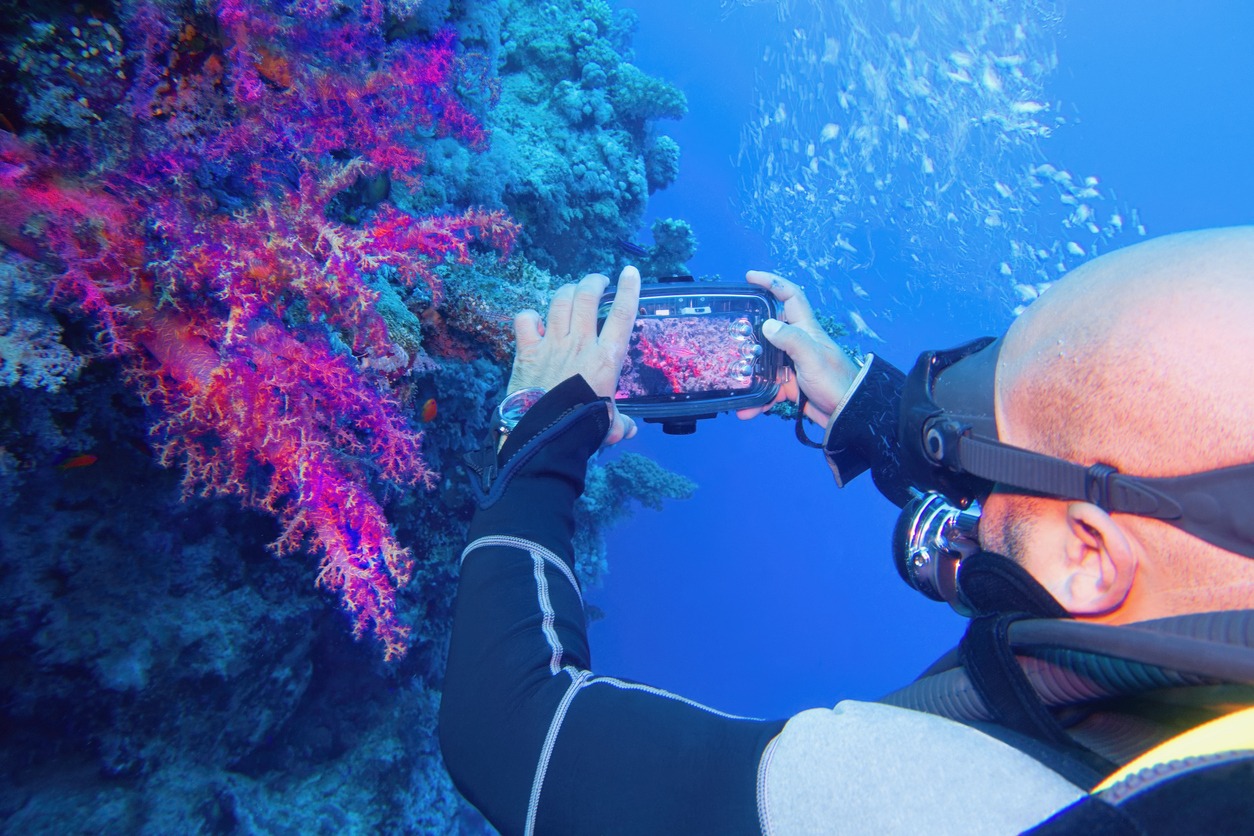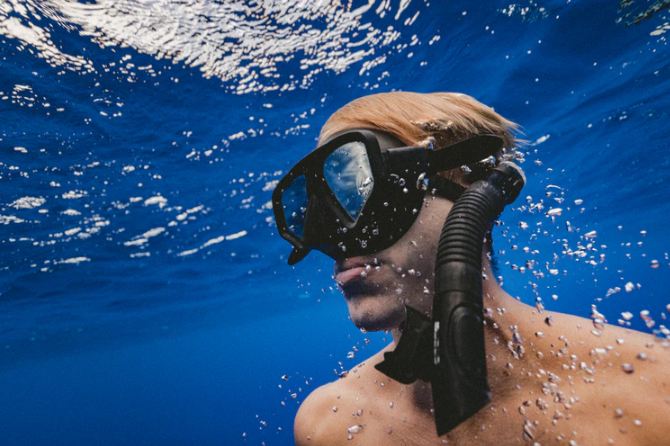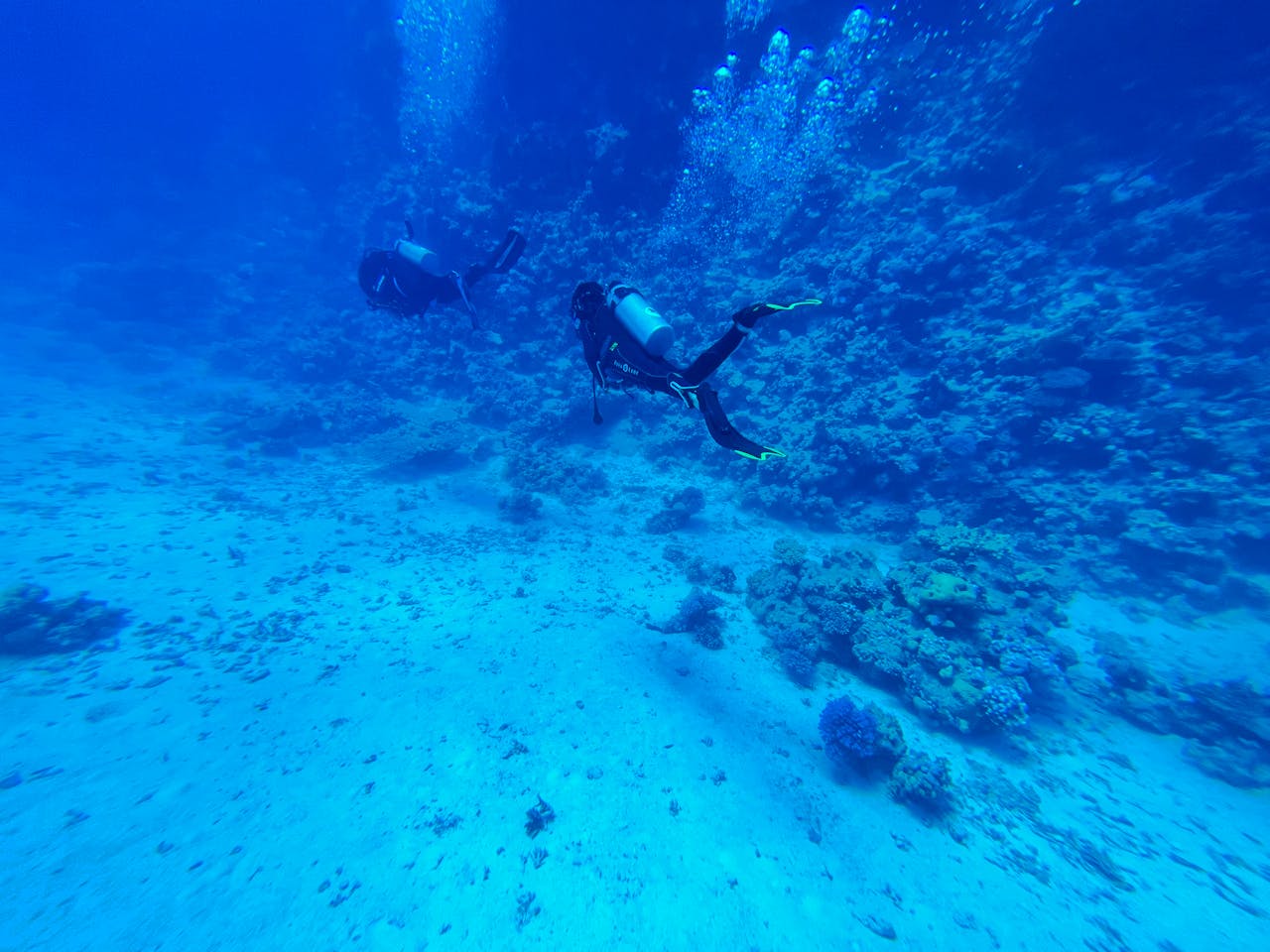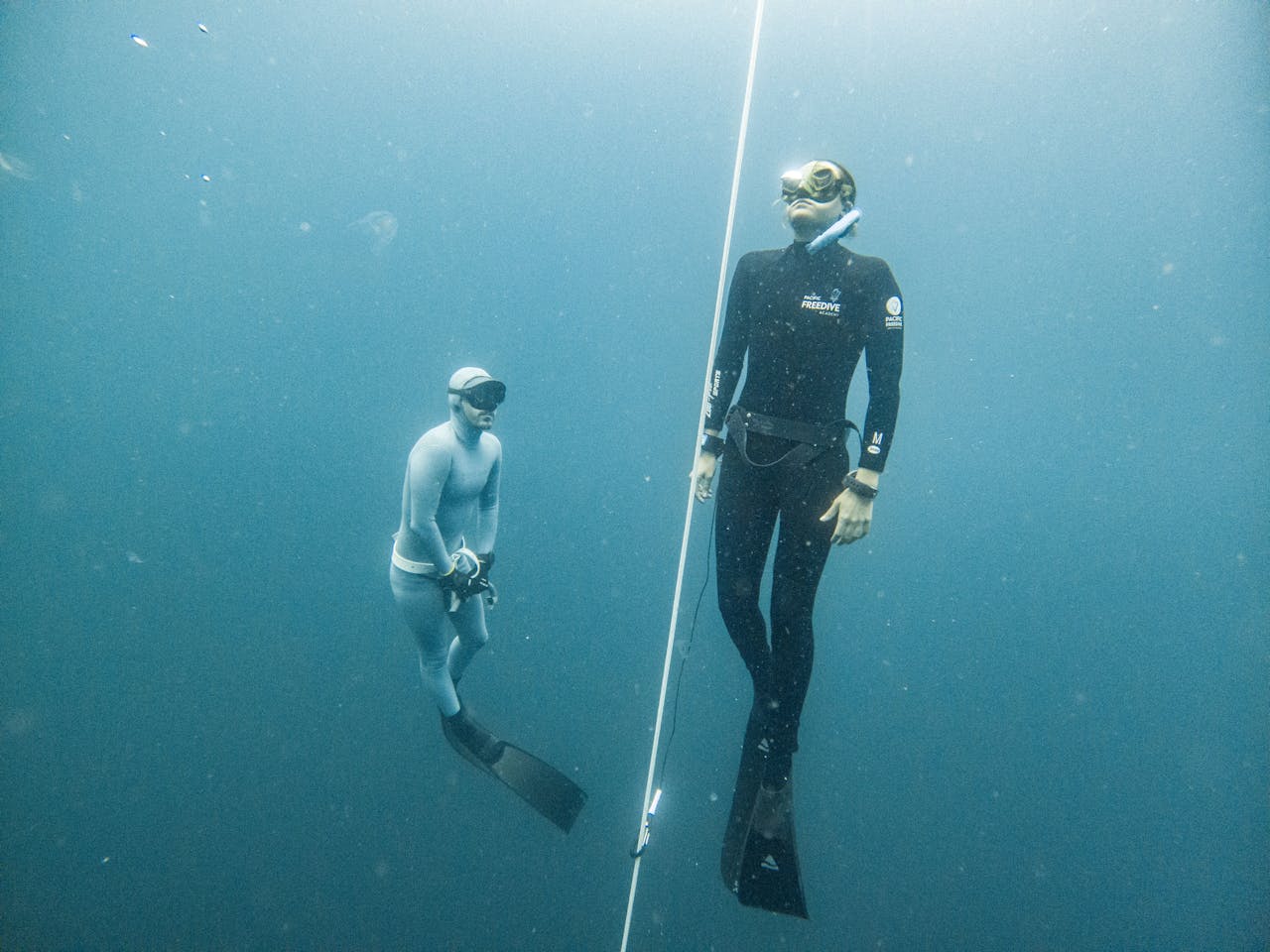Essential Tips for Snorkeling in Mexico’s Stunning Coastal Waters
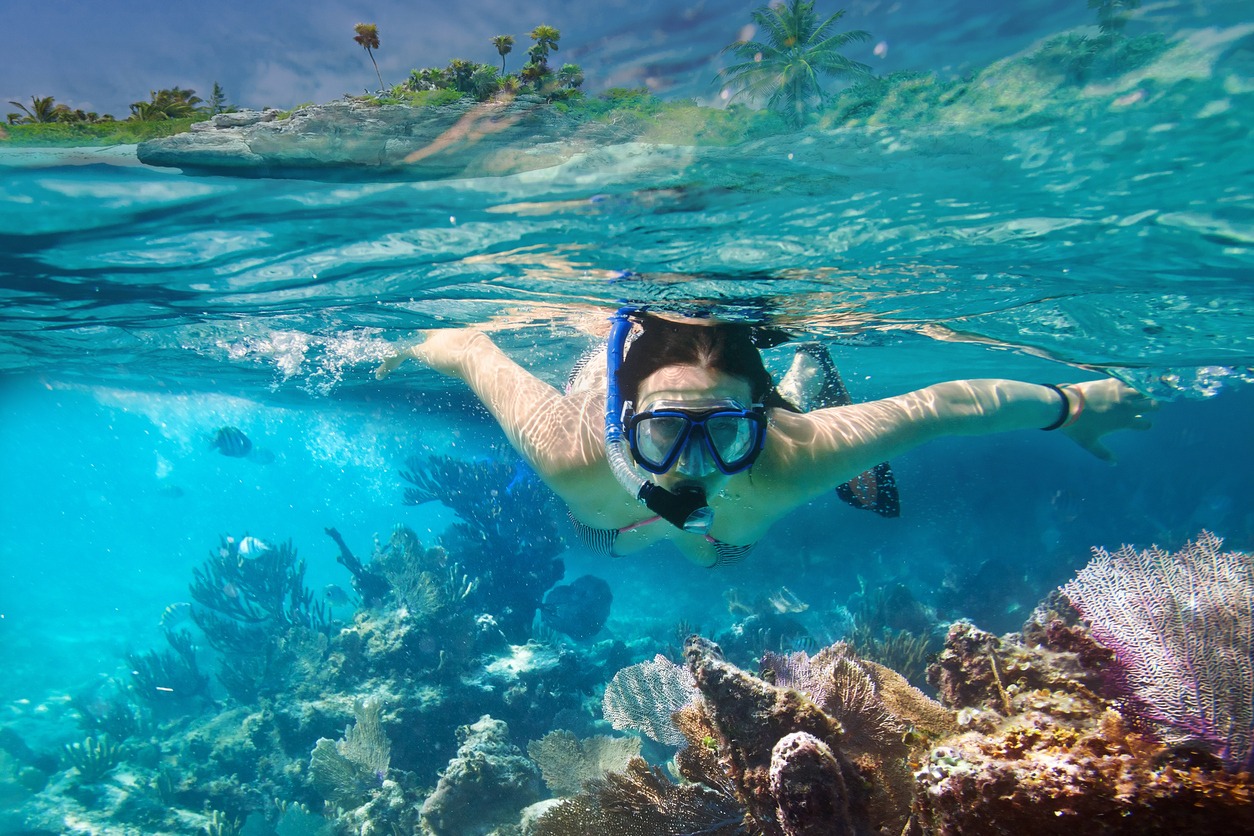
When snorkeling in Mexico's coastal waters, select the optimal destination and timing for your expedition. The Gulf of California and Mayan Riviera offer diverse marine life, while the best season is from October to April. Don't forget essential gear like a well-fitting mask, fins, and wetsuit. Practice safe interactions with marine life, maintain distance from coral reefs, and use reef-safe sunscreen. Acquire basic snorkeling techniques, including proper breathing and efficient use of fins. Always snorkel with a companion and follow local regulations to protect the delicate ecosystem. By following these tips, you'll set yourself up for an unforgettable subaquatic experience in Mexico's stunning coastal waters.
Choose the Right Destination
With its diverse coastal regions and rich marine life, Mexico offers a wealth of submerge destinations to suit every taste. When planning your snorkeling excursion, it's vital to choose the right location based on your preferences and experience level.
For the best snorkeling experiences, consider the Gulf of California, often called the "world's aquarium." This area, along with the Baja California Peninsula and the Sea of Cortez, boasts abundant sea life and unspoiled underwater scenery. The Mayan Riviera presents numerous opportunities, including the famous Akumal Bay where you can swim with green sea turtles.
Don't overlook the Veracruz reef system in the Gulf of Mexico, another popular destination for underwater enthusiasts. For a unique experience, investigate the cenotes along the Riviera Maya, offering mythical snorkeling expeditions in freshwater sinkholes. If you're seeking a well-preserved marine environment, head to Puerto Morelos reef, a national park site in the Mayan Riviera. This protected area provides excellent visibility and diverse marine life, making it a must-visit for snorkelers of all levels.
Timing Your Snorkeling Adventure
After selecting your ideal snorkeling destination, it's time to plan when to visit. Mexico's coastal waters offer incredible snorkeling opportunities, but timing is crucial for the best experience. The optimal snorkeling season runs from October to April, when water temperatures are cooler and visibility is generally better. During this period, you'll have the best chance to explore vibrant marine ecosystems and encounter diverse marine life.
For the ultimate snorkeling expedition, consider these factors:
- Water temperature: The coolest period is from November to January, while June to August are the warmest months.
- Weather conditions: The rainy season from June to October can impact water clarity.
- Cyclone risk: September and October are peak cyclone months, which can disrupt your plans.
If you're looking to snorkel year-round, the cenotes of the Riviera Maya maintain a constant 75°F water temperature, providing ideal conditions regardless of the season. Keep in mind that the best snorkeling experiences often coincide with the busiest tourist seasons, so book your trip well in advance to secure your spot in Mexico's stunning coastal waters.
Essential Gear and Equipment
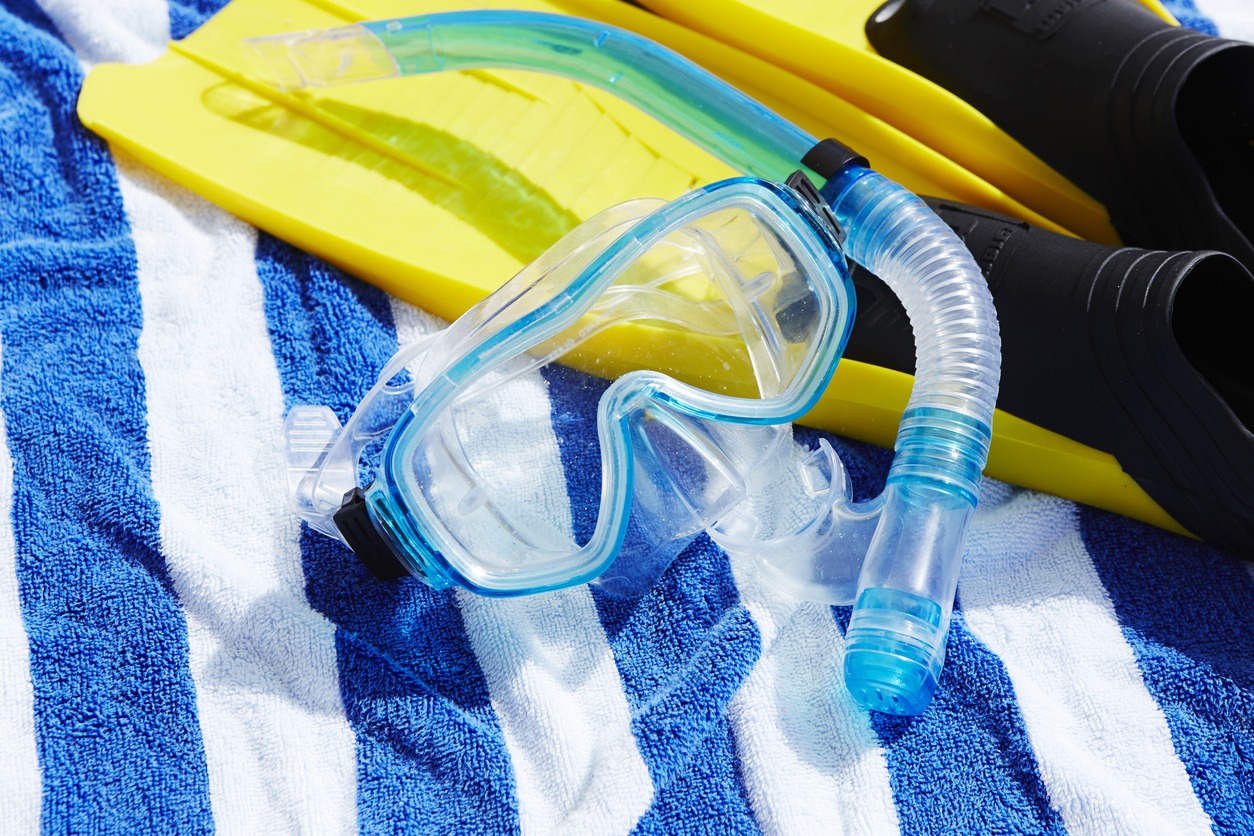
Properly equipping yourself for a snorkeling outing is pivotal to guarantee both safety and enjoyment. When exploring Mexico's lively coral reefs, you'll need gear that fits well and functions properly. Start with a well-fitting mask to ensure clear underwater visibility. It should create a seal around your face without being too tight. Your fins should fit snugly but comfortably, allowing for efficient swimming without causing blisters or cramps.
Consider wearing a wetsuit, especially if you're snorkeling for extended periods. It'll provide buoyancy, regulate your body temperature, and protect you from potential hazards like jellyfish or sharp coral. Don't forget your snorkel – it's essential for breathing while floating face-down on the water's surface. Practice using it before your trip to guarantee you're comfortable with the technique.
One of the most important snorkeling tips is to invest in your own personal gear. Having equipment that fits you perfectly will enhance your overall experience and allow you to focus on the breathtaking underwater scenery. Remember, well-maintained gear is key to a safe and rewarding snorkeling outing in Mexico's stunning coastal waters.
Marine Life Safety Precautions
While Mexico's vibrant marine life is a major draw for snorkelers, it is crucial to prioritize safety and respect for the underwater ecosystem. As you traverse the dynamic waters, remember to maintain a safe distance from coral reefs to prevent damage to these delicate structures. Be aware of the presence of stingrays in shallow areas, and adopt the "stingray shuffle" when walking to avoid accidental contact.
When encountering sea turtles, resist the urge to approach or touch them, as they're protected species in Mexico. Admire these magnificent creatures from a distance, ensuring their well-being and natural behavior remain undisturbed. Keep an eye out for jellyfish, which can deliver painful stings. If you spot them, calmly swim away to avoid contact.
To enhance your snorkeling experience while prioritizing safety:
- Learn to identify common marine species before your trip
- Use reef-safe sunscreen to protect both your skin and the marine environment
- Always snorkel with a buddy for added safety and support
Protecting the Coral Ecosystem
As you focus on personal safety during your snorkeling expedition, it's equally important to safeguard the underwater world you're exploring. The beauty of the underwater coral reef ecosystem is fragile and requires your careful attention to preserve it for future generations.
Start by using biodegradable sunscreen at least 30 minutes before entering the water. Regular sunscreen can harm the delicate coral, so this simple switch makes a big difference. While snorkeling, avoid touching or stepping on any part of the reef. Even seemingly harmless contact can damage the coral's protective layer, leaving it vulnerable to disease and death.
Remember that taking souvenirs from the reef is not only harmful but also illegal under Mexican law. Instead, capture memories through photos and leave the ecosystem undisturbed. Educate yourself and others about the importance of coral reef preservation, and follow all rules and regulations set by local authorities.
If you witness any damage or violations to the coral reef ecosystem, report it to the proper authorities immediately. By being a responsible snorkeler, you'll help safeguard the continued survival of these stunning underwater environments for years to come.
Mastering Basic Snorkeling Techniques
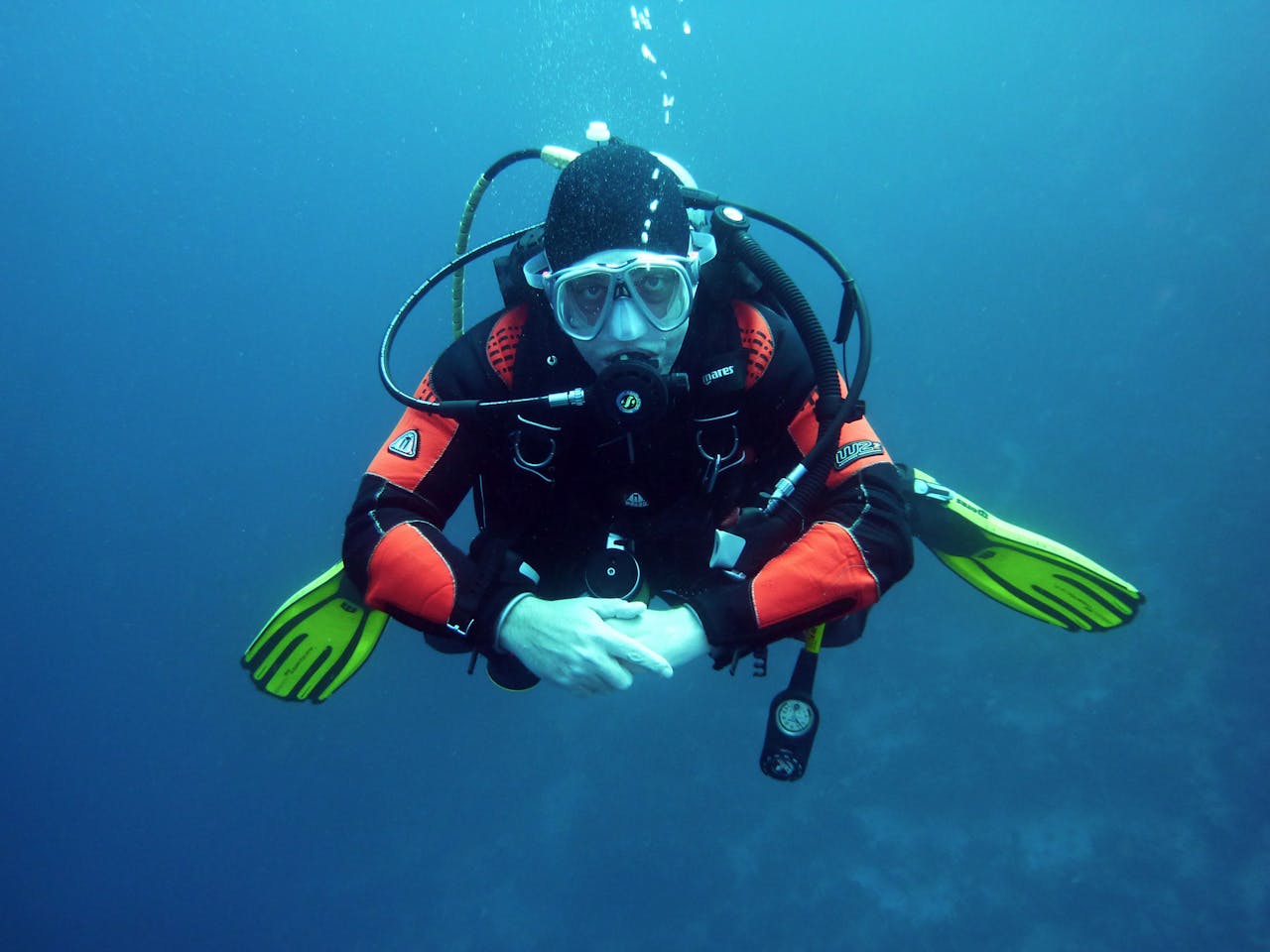
For an enjoyable and safe snorkeling experience, becoming proficient in basic techniques is essential. Start by practicing proper breathing through your snorkel. Breathe slowly and steadily, focusing on using your diaphragm rather than shallow chest breaths. This will help you conserve energy and stay calm in the water.
Next, gain command of the art of clearing your snorkel. If water enters the tube, simply exhale forcefully to expel it. To guarantee a safe and enjoyable snorkeling experience, learn to tread water efficiently and use your fins effectively. Gentle, steady kicks will propel you through the water with minimal effort.
Always snorkel with a buddy for safety, use a properly fitted mask and snorkel, and apply reef-safe sunscreen to protect your skin and the marine environment.
Practice floating face-down in shallow water before venturing into deeper areas. Keep your arms relaxed at your sides and use your fins for propulsion. By mastering these basic techniques, you'll be well-prepared to investigate Mexico's stunning underwater world safely and confidently.
Weather and Water Conditions
Understanding Mexico's weather and water conditions is key to planning your perfect snorkeling expedition. For ideal experiences, aim to visit between October and April when conditions are at their best. During this time, you'll enjoy comfortable water temperatures ranging from 75°F to 84°F in popular destinations like Cabo San Lucas, Playa del Carmen, and the Riviera Maya.
While Mexico offers year-round snorkeling opportunities, be aware that visibility can vary depending on the season. The rainy period from June to October may affect water clarity, particularly in coastal areas. If you're visiting during this time, consider exploring cenotes near Puerto Morelos, which maintain excellent visibility and a constant 75°F water temperature throughout the year.
Keep in mind that the Caribbean and Gulf of Mexico experience cyclone season from September to October, which could impact your snorkeling plans. If you're traveling during these months, stay informed about weather conditions and be prepared for potential changes to your itinerary. By understanding these factors and planning accordingly, you'll maximize your chances of enjoying Mexico's stunning underwater world to the fullest.
Guided Tours vs. Solo Exploration
When it comes to snorkeling in Mexico, you'll need to decide between joining a guided tour or exploring on your own. Guided tours led by experienced local guides offer essential safety support, especially if you're new to snorkeling. These professionals can assist with equipment issues, provide technique advice, and guarantee you have a positive experience.
Solo exploration may seem appealing, but it comes with risks. Unexpected problems like muscle cramps or equipment malfunctions can be challenging to manage alone. Guided tours not only prioritize your safety but also enhance your adventure by offering perspectives into local marine ecosystems and wildlife.
Consider these benefits of guided snorkeling tours:
- Expert assistance with equipment and techniques
- Enhanced safety measures and support
- Educational perspectives about local marine life
While self-guided snorkeling offers more flexibility, it's strongly recommended that beginners opt for guided tours. You'll maximize both safety and enjoyment, allowing you to fully appreciate Mexico's stunning underwater world. Experienced snorkelers may feel comfortable exploring independently, but remember that local guides can still provide meaningful knowledge about the best spots and hidden gems in the area. Ultimately, your choice should prioritize safety and align with your skill level to guarantee an unforgettable snorkeling experience in Mexico's coastal waters.
Underwater Photography Tips
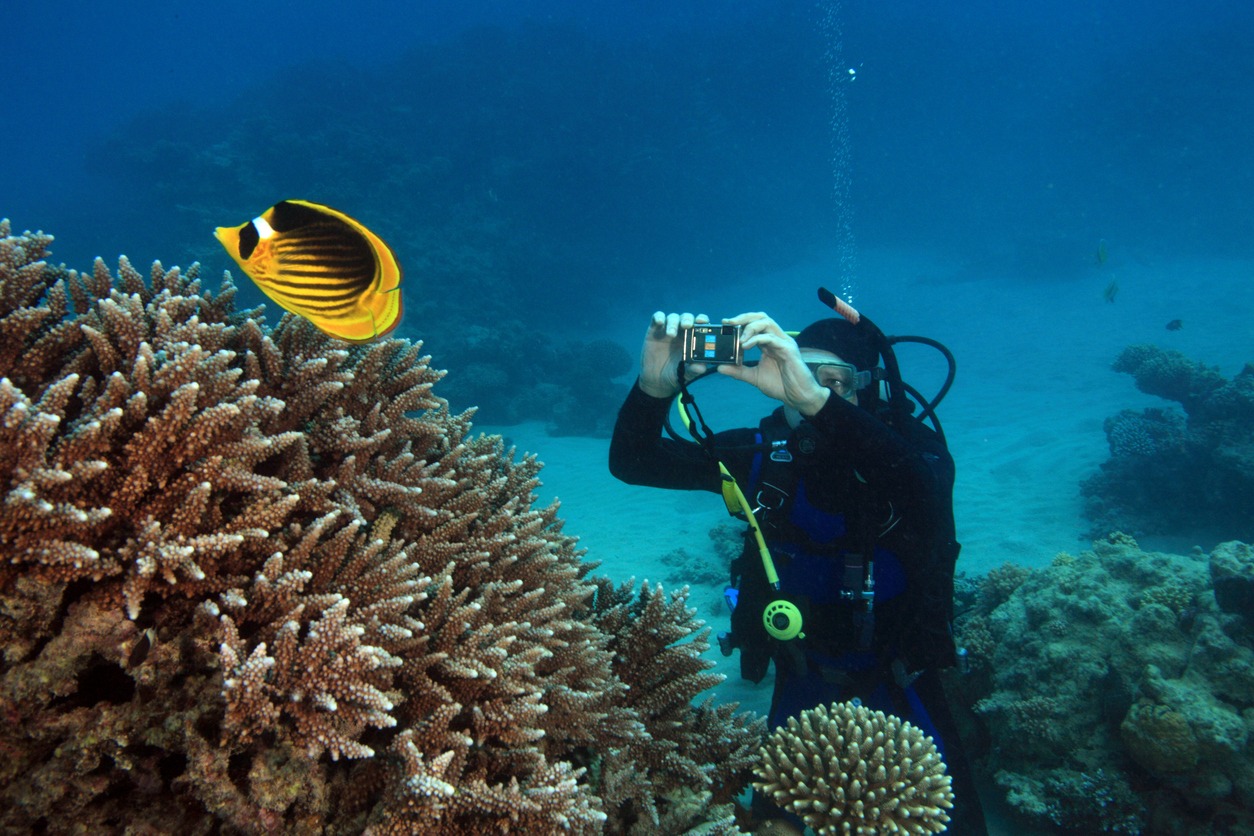
Whether you're on a guided tour or exploring solo, capturing the lively underwater world of Mexico's coastal waters can be a thrilling experience. To guarantee you get the best shots, invest in a waterproof camera or housing to protect your device from saltwater and splashes. This will allow you to focus on the beauty around you without worrying about damaging your equipment.
Before submerging, adjust your camera settings for underwater conditions. Increase the ISO to compensate for reduced light and adjust the white balance to capture accurate colors. When framing your shots, position yourself parallel to your subject for the best angle and to avoid casting shadows. Remember to get close to your subjects while maintaining a respectful distance to avoid disturbing marine life.
To capture the vibrant colors and natural beauty of Mexico's underwater world, avoid using your camera's flash. It can startle marine life and distort the colors in your photos. Instead, rely on natural light and your camera's adjusted settings to capture stunning images of the diverse marine ecosystem. With these tips, you'll be well-equipped to document your snorkeling escapade in Mexico's coastal waters.
Local Regulations and Etiquette
Mexico's coastal waters are a bounty of marine life, but they're also protected areas with specific rules and customs. When you're planning your snorkeling trip, it's essential to familiarize yourself with local regulations and etiquette. Before booking a snorkeling tour, make sure you understand the dos and don'ts of the area you'll be exploring.
Most coastal regions in Mexico have strict guidelines to protect the underwater world. You'll need to:
- Avoid touching or stepping on coral reefs
- Refrain from feeding or disturbing marine life
- Use reef-safe sunscreen to prevent water pollution
Be the first to know about any specific rules for your chosen location. Some areas may require you to snorkel with a certified guide or limit the number of visitors per day. Always follow your guide's instructions and respect the marine environment.

